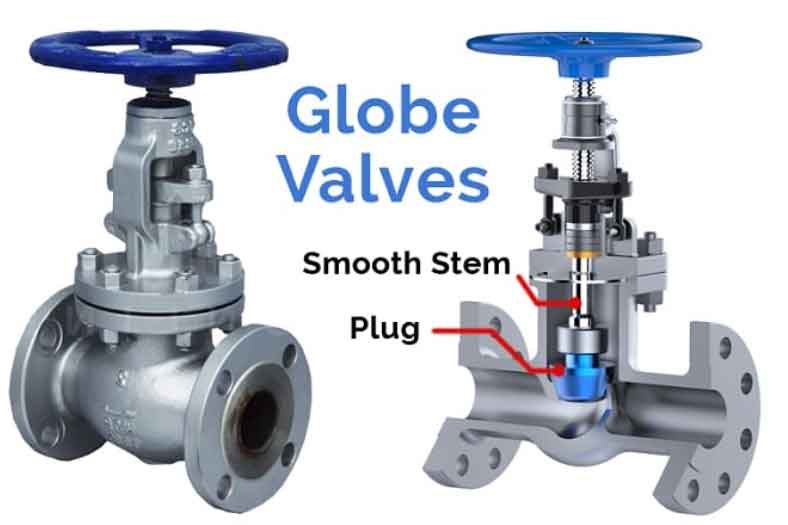In recent years, there have been several innovations in globe valve technology aimed at enhancing flow control and improving overall valve performance. These advancements have focused on various aspects of globe valve design and operation. Here are some notable innovations:

1. Improved Flow Characteristics: Traditional globe valves have inherent flow characteristics that are either linear or equal percentage. However, advancements in valve design have led to the development of globe valves with enhanced flow characteristics. These valves offer better control across a wider range of flow rates and provide improved accuracy in applications where precise flow modulation is required.
2. Low-Friction Sealing Mechanisms: To minimize operating torque and improve valve responsiveness, low-friction sealing mechanisms have been introduced. These mechanisms reduce friction between the disc and seat during valve operation, resulting in smoother movement, lower wear, and improved control accuracy.
3. Compact and Lightweight Designs: Globe valves have traditionally been known for their bulky and heavy designs. However, advancements in materials and manufacturing techniques have allowed for the development of more compact and lightweight globe valves. These valves offer easier installation, require less space, and contribute to overall system efficiency.
4. Advanced Valve Actuation: Automation of globe valves has become increasingly common, enabling remote control, precise positioning, and integration with control systems. Advanced valve actuation technologies, such as electric, pneumatic, and hydraulic actuators, provide improved reliability, responsiveness, and control accuracy. Additionally, the integration of smart technologies allows for remote monitoring, diagnostics, and predictive maintenance of globe valves.
5. Enhanced Sealing Technologies: Sealing technology has undergone significant advancements, resulting in improved sealing performance and reduced leakage. Innovative seat designs, such as self-adjusting and self-lapping seats, ensure tight shut-off and reduce the risk of leakage even in challenging operating conditions. Advanced sealing materials, coatings, and surface treatments have also contributed to enhanced sealing performance and increased valve longevity.
6. Advanced Materials and Coatings: The use of advanced materials and coatings has significantly improved the durability and corrosion resistance of globe valves. High-performance alloys, such as stainless steel, duplex stainless steel, and corrosion-resistant alloys (CRAs), offer excellent resistance to various corrosive fluids and environments. Furthermore, advanced coatings, such as PTFE, provide enhanced wear resistance and reduce friction between moving parts.
7. Smart Valve Monitoring and Control: Integration of smart technologies into globe valves enables real-time monitoring and control of valve performance. Wireless sensors, actuators, and control systems allow for remote monitoring of valve conditions, such as temperature, pressure, and flow rates. Advanced analytics and machine learning algorithms can analyze the collected data to optimize valve performance, predict maintenance needs, and detect potential issues before they lead to system failures.
8. Environmental Sustainability: With a growing emphasis on sustainability, globe valve innovations have also focused on reducing environmental impact. Efforts have been made to develop valves with low fugitive emissions, using advanced sealing technologies and packing systems. Energy-efficient actuation systems and improved flow control capabilities help reduce energy consumption and minimize carbon footprint.
These innovations in globe valve technology have greatly improved flow control, operational efficiency, reliability, and environmental sustainability. As the industry continues to evolve, further advancements can be expected to meet the changing needs and requirements of fluid control systems.
